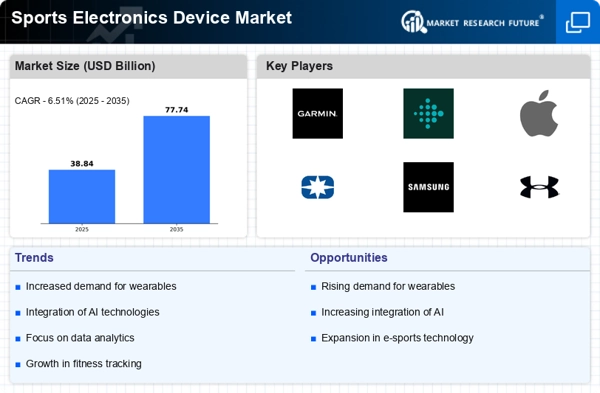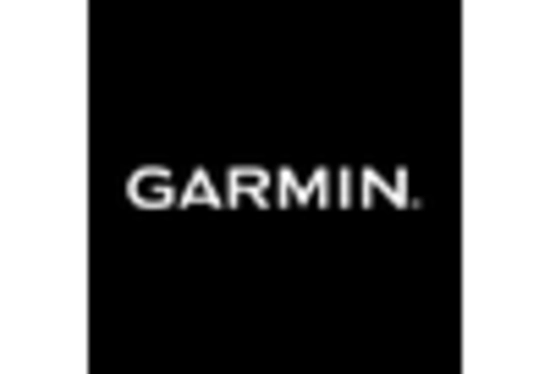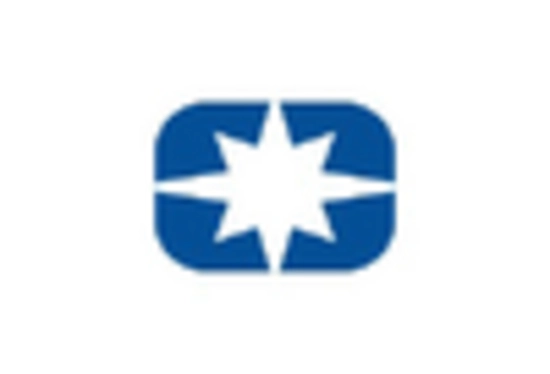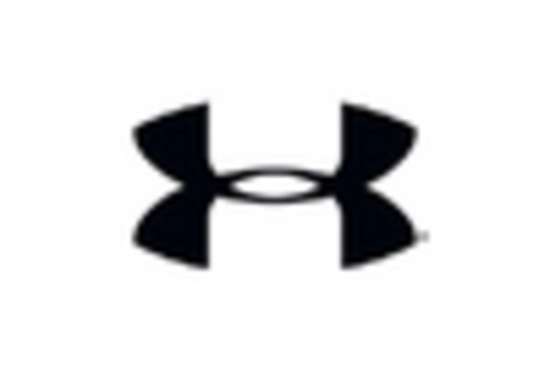Technological Advancements
Technological innovations in sensors, connectivity, and data analytics are likely to play a crucial role in shaping the Sports Electronics Device Market. The advent of advanced sensors that provide real-time data and the integration of artificial intelligence for personalized coaching are transforming how athletes and fitness enthusiasts interact with their devices. For instance, the market for smartwatches and fitness trackers is expected to reach a valuation of over 30 billion dollars by 2026, reflecting the growing consumer interest in sophisticated sports electronics. These advancements not only enhance user experience but also drive the overall growth of the Sports Electronics Device Market.
Rising Health Consciousness
The increasing awareness of health and fitness among individuals appears to be a primary driver for the Sports Electronics Device Market. As more people prioritize their well-being, the demand for devices that monitor physical activity, heart rate, and overall health metrics has surged. According to recent data, the wearable fitness technology segment is projected to grow at a compound annual growth rate of approximately 15% over the next five years. This trend indicates a robust market potential for devices that cater to health-conscious consumers, thereby propelling the Sports Electronics Device Market forward.
Growing E-commerce Platforms
The expansion of e-commerce platforms is transforming the way consumers access sports electronics, thereby influencing the Sports Electronics Device Market. With the convenience of online shopping, consumers can easily compare products, read reviews, and make informed purchasing decisions. Recent statistics indicate that online sales of sports electronics have increased by over 25% in the past year alone. This shift towards digital retail not only broadens the market reach for manufacturers but also enhances consumer accessibility to a diverse range of sports electronics, further stimulating growth in the Sports Electronics Device Market.
Focus on Performance Analytics
The emphasis on performance analytics in sports is becoming increasingly pronounced, serving as a key driver for the Sports Electronics Device Market. Athletes and coaches are increasingly relying on data-driven insights to enhance training regimens and improve performance outcomes. The market for performance analytics tools is projected to grow significantly, with estimates suggesting a potential increase of 30% in the next few years. This focus on analytics not only attracts professional athletes but also appeals to amateur sports enthusiasts, thereby expanding the consumer base and driving the Sports Electronics Device Market.
Increased Participation in Sports
The rising participation in various sports and fitness activities is a significant driver for the Sports Electronics Device Market. As more individuals engage in sports, the need for performance-enhancing devices becomes apparent. Data suggests that the number of people participating in organized sports has increased by nearly 20% in recent years. This surge in participation creates a larger consumer base for sports electronics, as athletes seek devices that can help them track performance metrics, improve skills, and monitor health. Consequently, this trend is expected to bolster the Sports Electronics Device Market.
















Leave a Comment